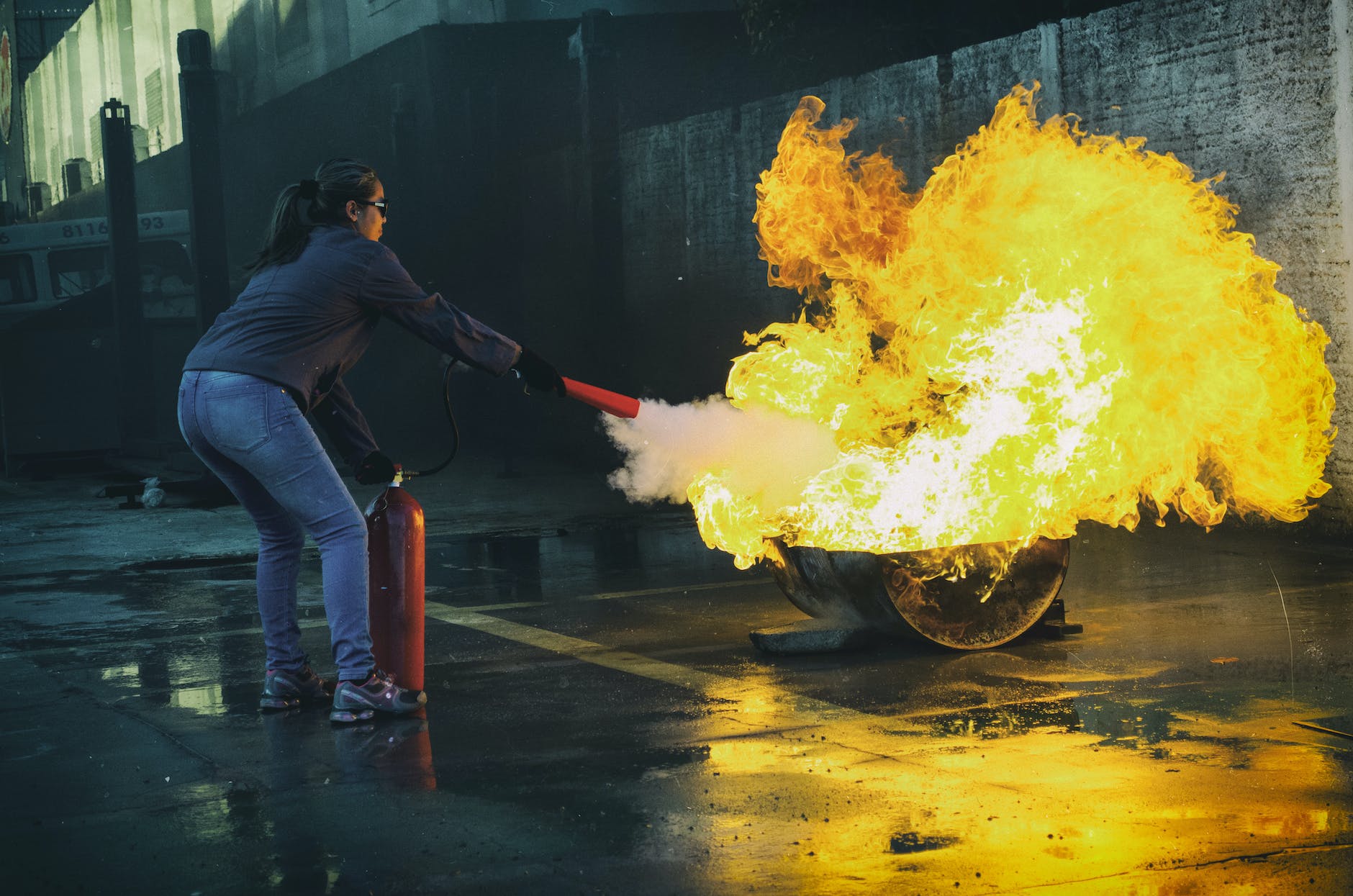
Classification of Fire Extinguishers: Understanding Your First Line of Defense Against Fires
Introduction
In the realm of fire safety, understanding the classification of fire extinguishers is paramount. These essential tools are your first line of defense against fires, and knowing which type to use in specific situations can mean the difference between safety and disaster. In this article, we will delve into the classification of fire extinguishers, helping you grasp the different types and their intended uses, so you can be better prepared for fire-related emergencies.
The Importance of Fire Extinguishers
Before delving into the classifications, let’s underscore the significance of fire extinguishers in our lives. These portable devices are designed to suppress or extinguish small fires before they escalate into uncontrollable infernos. Fire extinguishers work by disrupting one or more elements of the fire triangle – heat, fuel, and oxygen – depending on the type of fire they are designed for.
Class A Fire Extinguishers
Class A fires involve ordinary combustible materials like wood, paper, cloth, and plastics. To combat these fires, Class A fire extinguishers use water or foam to cool down the flames and eliminate the heat element from the fire triangle. They are typically marked with a green triangle symbol.
Class B Fire Extinguishers
Class B fires are fueled by flammable liquids, such as gasoline, oil, and grease. Fire extinguishers designed for Class B fires create a barrier between the fuel and oxygen, effectively smothering the fire. Foam fire extinguishers and dry powder extinguishers fall under this category and are marked with a red square symbol.
Class C Fire Extinguishers
Class C fires involve energized electrical equipment. Using water-based extinguishers on electrical fires can be dangerous due to the risk of electrical shock. Therefore, CO2 fire extinguishers are designed for Class C fires. They work by displacing oxygen, suffocating the fire, and are marked with a blue circle symbol.
Class D Fire Extinguishers
Class D fires encompass combustible metals, such as magnesium, titanium, and sodium. Specialized Class D fire extinguishers use dry powder agents specifically formulated to tackle these unique fires. They are marked with a yellow decagon symbol.
Class K Fire Extinguishers
Class K fires pertain to kitchen fires fueled by cooking oils and fats. These fires can be challenging to extinguish with traditional methods. Wet chemical fire extinguishers are specifically designed for Class K fires. They create a cooling effect and form a soap-like solution to prevent re-ignition. Class K fire extinguishers are marked with a black hexagon symbol.
Conclusion
In the realm of fire safety, knowledge is power. Understanding the classification of fire extinguishers is a crucial step in being prepared for emergencies. Selecting the right extinguisher for the type of fire you may encounter can make a significant difference in minimizing damage and ensuring your safety. Remember to check your extinguishers regularly, ensure they are properly maintained, and consider fire extinguisher training to use them effectively.
By familiarizing yourself with these classifications, you take a proactive step towards safeguarding yourself, your loved ones, and your property from the destructive force of fires.
Classes of Fire as per European Standard
Classes of Fire as per Indian Standard (IS 15683:2018)
Classes of Fire as per British Standard (BS EN) 2
Classes of Fire as per NFPA 10 Standard
Frequently Asked Questions (FAQs)
- Are there any other classes of fire extinguishers besides A, B, C, D, and K?
- While these are the primary classifications, some extinguishers may have multiple class ratings, indicating they are effective against multiple types of fires.
- Can I use a Class A fire extinguisher on a Class B fire?
- It’s generally not recommended, as using the wrong type of extinguisher may not effectively suppress the fire. It’s best to use the appropriate class for the specific fire type.
- How often should I inspect my fire extinguisher at home?
- It’s advisable to check your home fire extinguishers at least once a month to ensure they are in working order.
- Is it essential to have a fire extinguisher in my kitchen?
- Yes, having a Class K fire extinguisher in your kitchen is essential to combat kitchen fires safely.
- Can I use a fire extinguisher if I am not trained?
- While it’s best to have some training, the basic operation of fire extinguishers is relatively simple. However, training can help you use them more effectively and confidently during a crisis.
























